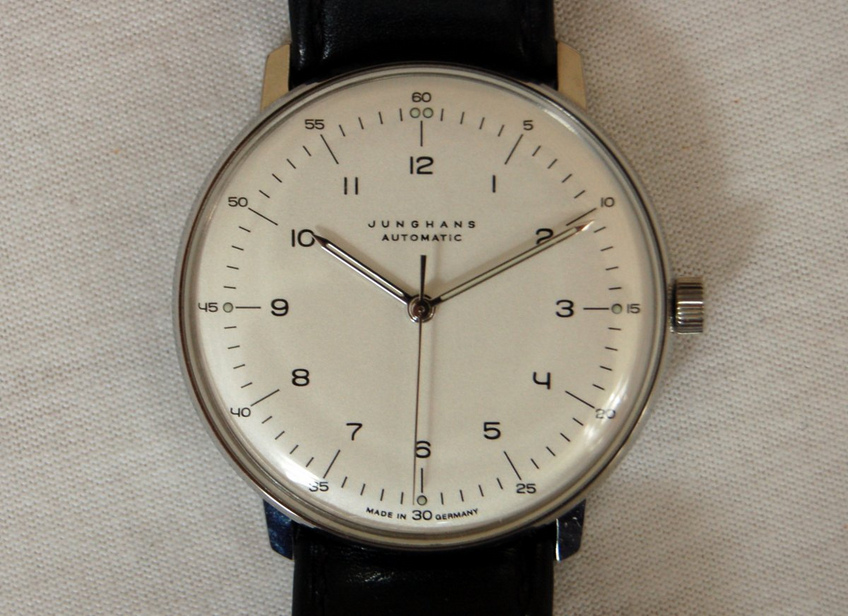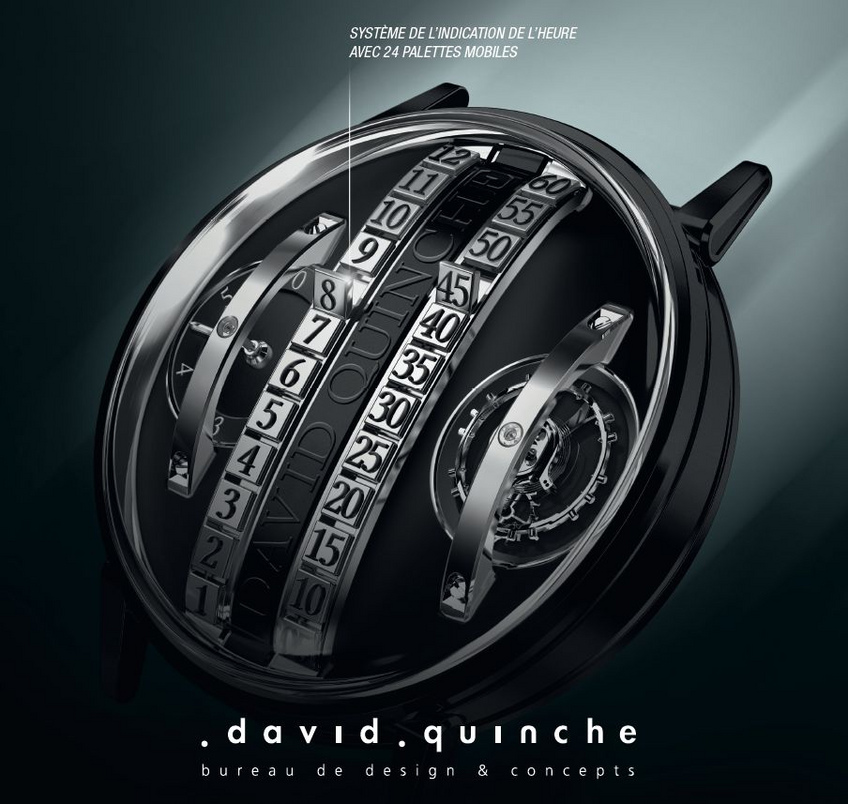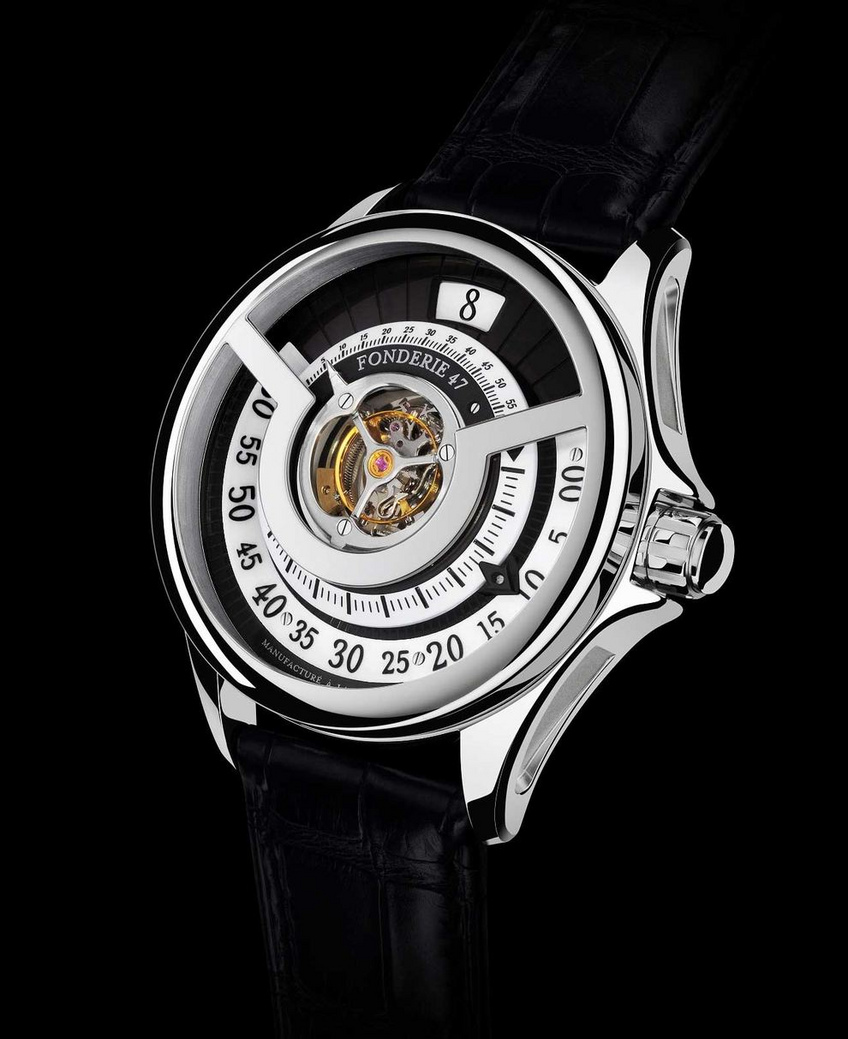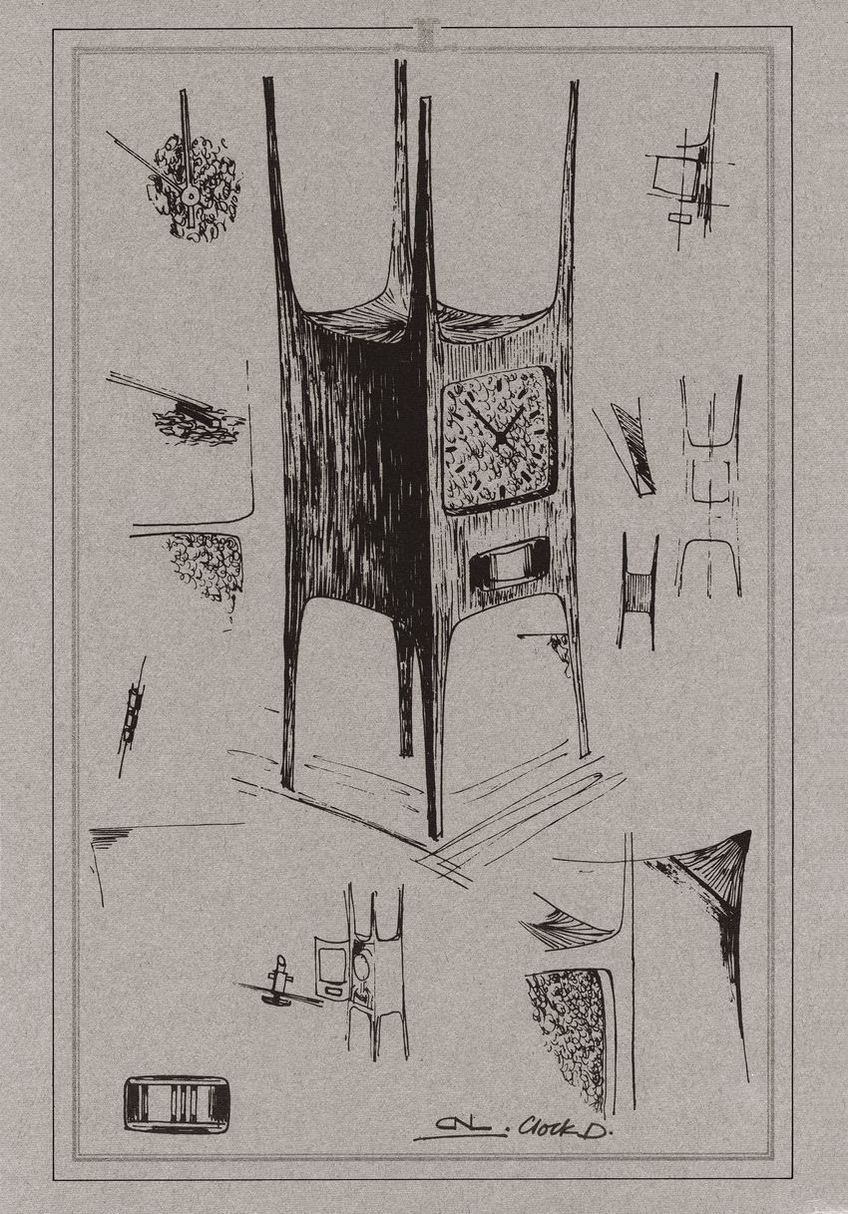

History and watchmaking: Manufacturers vs Designers
From the 1950s international designers were called upon to retouch the exterior of various products. This phenomenon was however rarely seen in watchmaking. Mechanical watches require that watch designers possess specific skills.
In the post-war years – with the development of consumerism and the consumer society – manufacturers realized the increasing importance of design for their products. They therefore sought the skills of international designers to retouch the exterior of their products. From automobiles, telephones, lamps or toothbrushes and from the most expensive to the most insignificant object, the skills of designers seem to be indispensable. The phenomenon also echoed in watchmaking. Thus, the history of watchmaking contains multiple examples of timepieces that were created in collaboration with international artists.

International watchmakers and designers
In the 1950s, Omega pioneered the trend with its Constellation model on which Gerald Genta also worked. In 1976, Jack Heuer produced his first quartz watches in collaboration with the German designer Richard Sapper. In the 1960s, the child of the Bauhaus generation – Swiss artist Max Bill – designed the Junghans German watches. The classical and pure shape of these recently revisited watches are part of the “hipster” and “vintage” trends of the past years. Patek Philippe worked with the jewel-maker Gilbert Albert for the creation of timepieces that pay tribute to Genevan tradition and skills. The American Gorge Nelson designed a range of fantasy clocks for the Vitra workshops.
Pierre Junod’s watches blended the skills and know-how of Danish architect Tobias Jacobsen. The watchmaker Bovet worked with the Italian automobile stylist Pininfarina for a racy and sportive watch. The Frenchman Philippe Stark – a.k.a. the ten-thousand-object man – tried his hand at it with various futuristic and cheap models. In Vallée de Joux, Jaeger-LeCoultre called upon the expertise of international designers several times for its Atmos clocks. In 1973, the Britton Christopher Laurence and more recently in 2008, the Australian Marc Newson did the same.
At the same time, the Britton Jasper Morison produced a streamlined and symmetric model for Rado. And the list goes on…
Towards a more integrated design
In the 1980s, these international and multidisciplinary designer-industry collaborations were not enough for firms that had inherited the mechanical watchmaking tradition. As a matter of fact, the complexity of watches at the time required the expertise of specialized watch designers more and more. Throughout the second half of the 20th century, firms’ directors realized that design was becoming increasingly important and that they needed to find specialized designers. A stream of watch designers emerged at the time, with Gerald Genta as the pioneer. They were often craftsmen that knew nothing about the watchmaking world and thus specialized in training watch technicians, including manufacturers, who welcomed them in order to make each project viable.

A new generation: the manufacturer-designer.
Everyone added his or her thoughts, analysis, philosophy, genius and own universe to the work carried out. “Today, to still find harmony and balance and to be liable for sale, a watch needs to have a decent movement”, Philippe Dufour, purist of watch finishes confided in us.
”You need to choose between remixing and complete innovation”, one of the current renowned watch designer told us before adding that in watchmaking, the designer is no artist! Eric Giroud is as capable of designing purely classic watches as the “time machine” by the “mad” Maximilien Busser brand. “During a design study, the object is not a simple product but a whole experience”, stated the young jewel designer Rebecca Yeager.

Halfway between a designer and a manufacturer, the watch architect from Besançon Alain Silberstein designs a watch like an architect would design a house! David Quinche looked for a manufacturer who would be crazy enough to meet the challenge of his flip watch; the manufacturer Romain Gauthier won the “Aiguille d’Or” prize at the “Grand Prix d’Horlogerie de Genève” with a design that was inspired only by technique. The designer Adrien Glessing collaborated with the brilliant manufacturer David Candaux to create a watch inspired by wars; Benjamin Muller crafted a skeletonized watch and produced a whole line for Jacob & Co., while the turbulent Yvan Arpa sold his guitar-shaped watch to all the rockers on the planet.

From Geneva to Basel, the Jura Arc of watchmaking is full of talents and specialists in a field where it is sometimes difficult to establish a well-defined barrier between two complementary fields.
Manufacturers and Designers need to work together. Technical and aesthetic aspects are used in different proportions, which makes each project unique. The multidisciplinary aspect lies thus at the heart of the designer’s work, whose culture is a digest of arts, techniques, human sciences, natural sciences or any other environment.

Source: "Design-Moi-Une-Montre" temporary exhibition from 29th May 2014 to 30th April 2015, Espace Horloger Vallée de Joux.
More infos on the exhibition "Design-Moi-Une-Montre"




